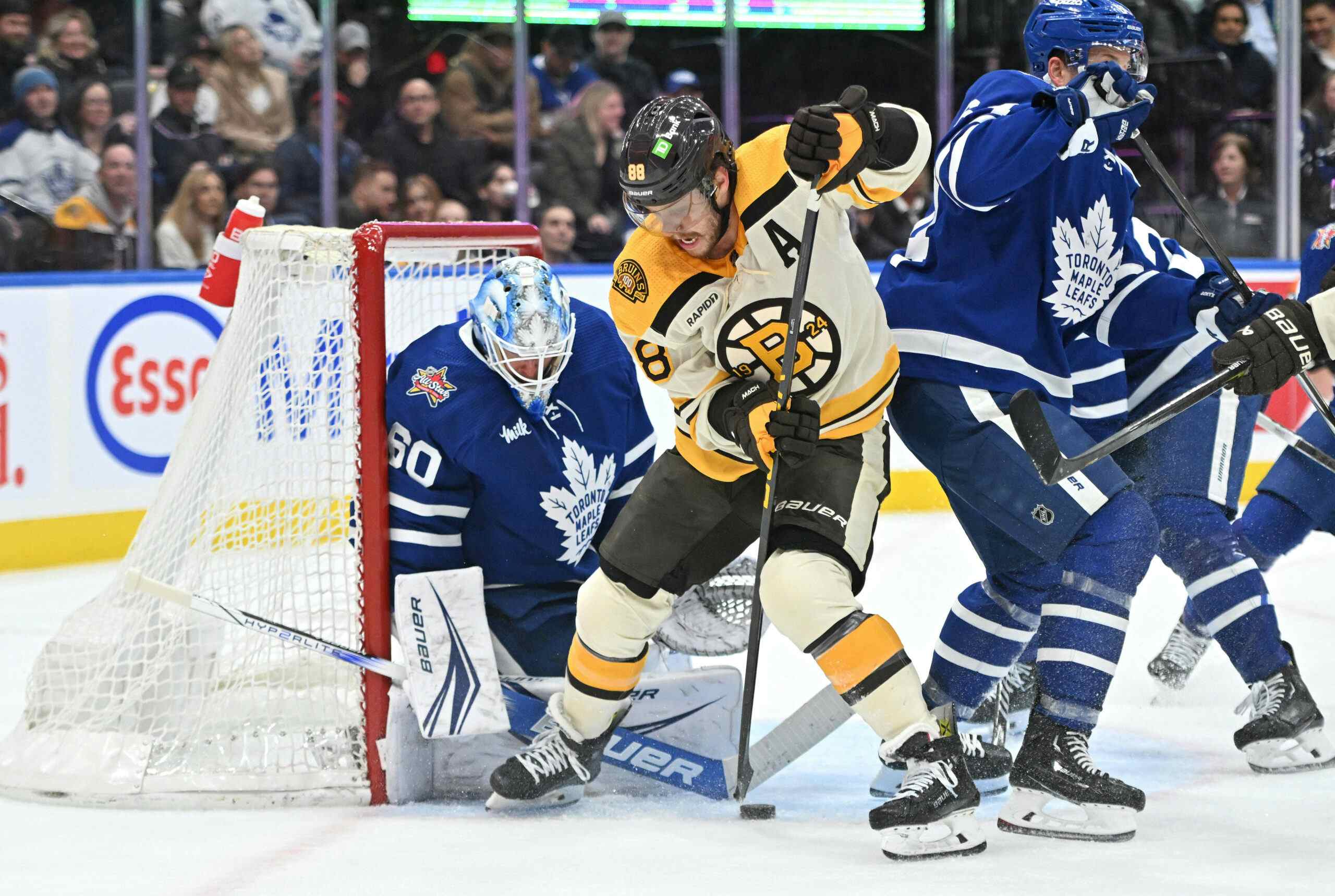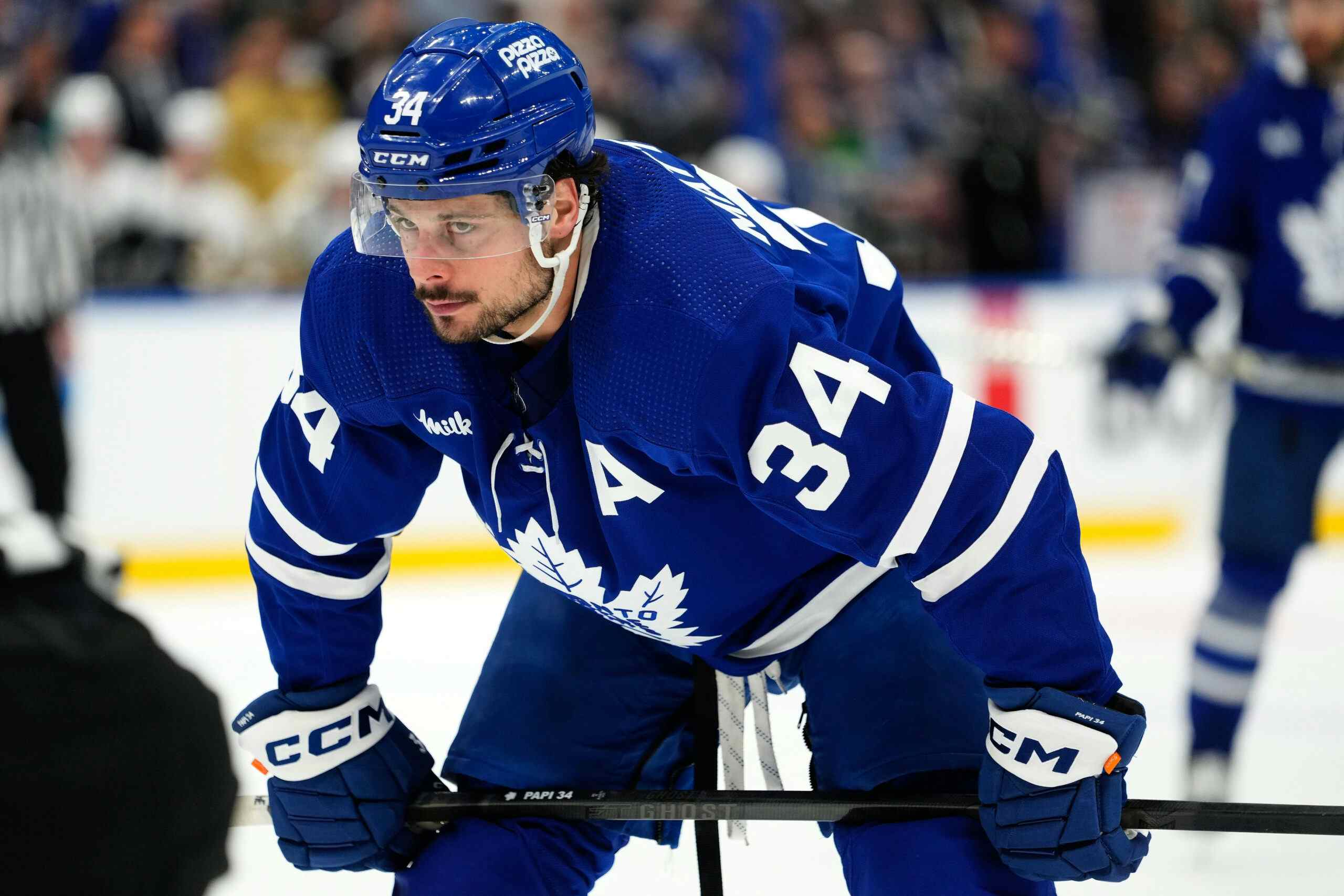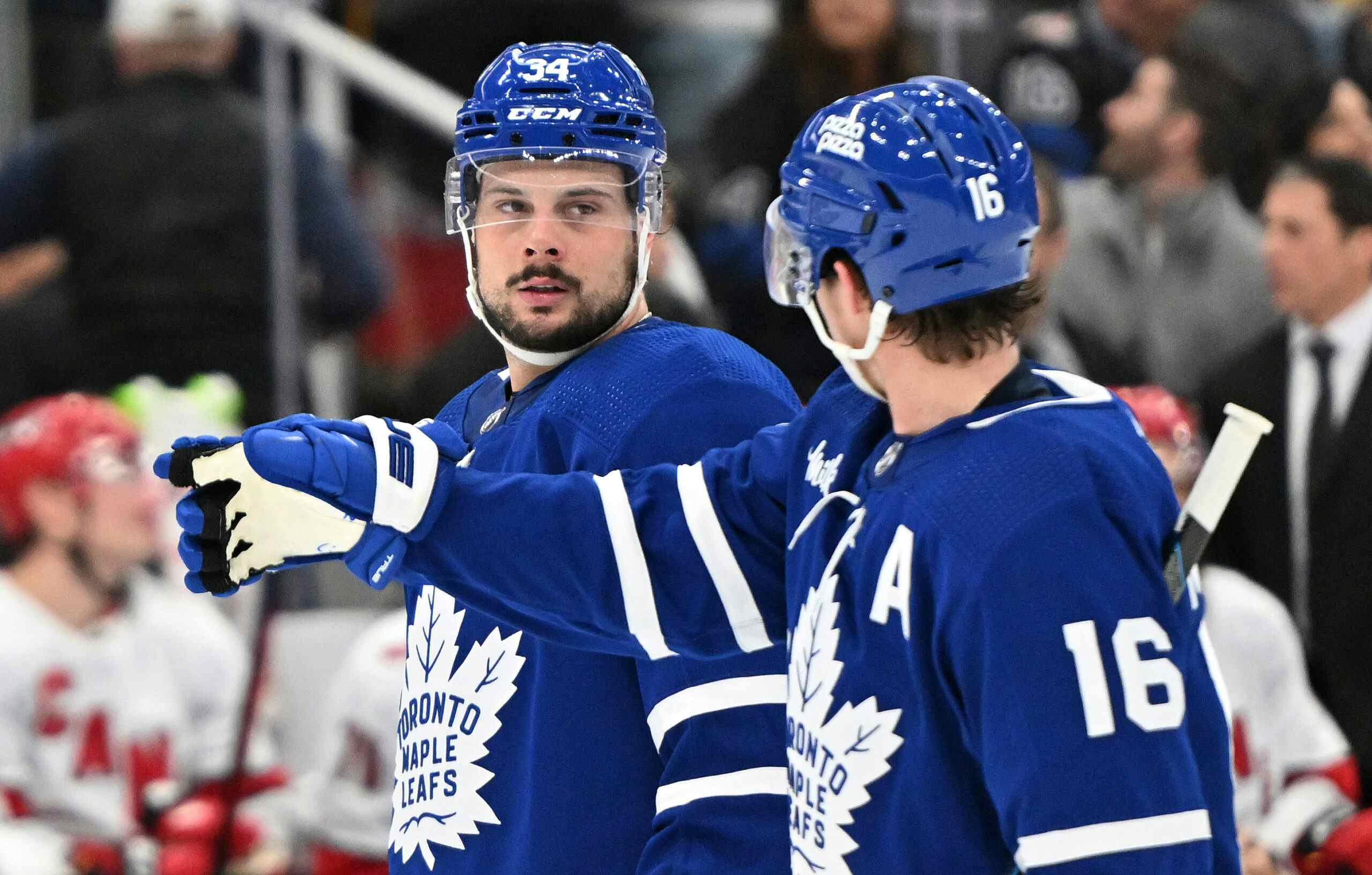Jonathan Bernier’s RFA comparables
By Cam Charron
10 years ago
“Oh, this is his THIRD contract?”
</spit take>
Generally, it’s tough to find goaltenders to sign an RFA deal going into a year they’re projected to be a starting goaltender. This is the situation that Jonathan Bernier and the Toronto Maple Leafs find themselves in.
You can look at last summer, when Tampa Bay traded for Anders Lindback or the summer prior, when Colorado traded for Semyon Varlamov. Both the Lightning and Avalanche paid similar prices for backups-expected-to-turn-starters. The Lightning traded Sebastien Caron and two second-round picks and a third for Lindback, a seventh-round pick and 26-year-old AHLer Kyle Wilson.
The Avalanche traded a first-round pick and a conditional second for Varlamov, and unwittingly did this during the free agent period, paying much more for Varlamov than if they had simply signed him to an offer sheet. The Capitals were pursuing Tomas Vokoun at that point so it’s unlikely they would have matched the $2.8M contract that the Avalanche signed Varlamov to, but, you know, the “unwritten” rules trump the written ones and all.
How many other comparables can we look at?
Jaroslav Halak
Looking at Halak may be a bit of a stretch because he played a lot more games than Jonathan Bernier did, but he was generally part of a tandem system in Montreal with Carey Price. In 2010, the two split starts 43-39 (Halak had 43) in the regular season and 18-1 in the playoffs as the Canadiens rode the hot hand in Halak to the Conference Finals. A year before, Price had a 53-33 edge in starts counting the playoffs in what was effectively Halak’s first year in the NHL seeing any significant time.
Halak had a .921 save percentage in 85 games in his first three NHL seasons, which led the Canadiens. That, and his work in the 2010 playoffs made him a pretty valuable piece and Pierre Gauthier, then Montreal’s GM, made a shrewd move trading the overvalued Halak and keeping the goaltender that had started the most games for him over a two-year period.
Halak was traded to St. Louis that summer and was expected to become the starter. He signed a $3.75-million deal. Adjusted to 2013-14 dollars, that’s $4.059-million, according to the excellent Cap Inflator app from draglikepull.
Ben Bishop
With the return of Craig Anderson from injury, it was clean in Ottawa that one of Ben Bishop or Robin Lehner would eventually have to head out of the organization. The Senators sold high on Bishop, acquiring Cory Conacher and a pick in a pretty stellar deal for both sides. Bishop landed in Tampa Bay, the second time they acquired a goaltender they then needed to sign. At that point with the Lightning well out of a playoff spot, the Bolts had just a month of Bishop’s service to sign him to a deal.
They got him under contract two weeks after acquiring him (and starting six games) for $2.3-million for two years, which starts next season. Like Bernier, Bishop is a mid-20s goaltender with limited experience. His pedigree comes mostly from his AHL success in Peoria and Binghamton. His career save percentage in 45 NHL games is .913, so he’d be a good starting point for Dave Nonis & Co. to work off of.
Anders Lindback + Semyon Varlamov
Probably the best two comparables because they were traded before becoming full-time starters, in their RFA year. However, as noted above, they were coming off entry-level deals. Lindback was in no way going to get a starting job behind Pekka Rinne and the Capitals, who went primarily with Michal Neuvirth in 2010-2011, decided to get Vokoun for the start of the 2011-12 season.
Adding ’em up
Now, I may have glossed over a name or two, but generally young goaltenders don’t get moved in this league. Cory Schneider and Devan Dubnyk got pretty good deals, but they had become starting goaltenders before signing them. In a way you could argue that Halak was a starter when he was shipped out, but other than that playoff run, he had really split duties with Price.
I totalled up the four goaltenders’ statistics prior to their contracts (I ignored Bishop’s Tampa stats from this season) to paint a better picture of how Bernier compares to them. These include playoff numbers:
| Goalie | NHL Starts | EV SV% | Age (Year before trade) | 2014 Adj. Cap Hit |
|---|---|---|---|---|
| Halak | 115 | 0.927 | 24 | $4,059,000.00 |
| Varlamov | 71 | 0.928 | 22 | $2,833,333.00 |
| Bernier | 54 | 0.917 | 24 | ??? |
| Bishop | 29 | 0.914 | 26 | $2,300,000.00 |
| Lindback | 28 | 0.927 | 23 | $1,800,000.00 |
| Total (Avg) | 59.4 | 0.927 | 23.8 | $2,748,083.25 |
As you can see, Bernier is a ways behind Halak, Varlamov and Lindback in even strength save percentage. I would count on Bernier getting a lower deal than either Halak or Varlamov and closer to the range signed by Ben Bishop, but on account of Bernier’s 54 starts in the NHL.
This is, in part, the other gamble made by Dave Nonis: Ben Scrivens made just $612,500 in 2013 and is under contract for one more season. With James Reimer at $1.8-million, the Leafs got a huge amount of value from their two goaltenders.
With Bernier’s cap hit, you essentially have to add $500K because of the salary the Leafs are holding over, and this could turn into a pretty expensive gamble for this season, limiting the team’s ability to add in other areas. Consider that the goaltending will cost $2-million more, plus the $2-million spend on buyouts to Darcy Tucker and Colby Armstrong… and you’re really starting to see where bad bets can really strap and organization financially.
As I’ve noted before, the Leafs are really gambling on Bernier’s potential here. Not just whether he’ll be better than what Scrivens and Reimer were able to provide, but whether he’ll be able to provide more than $2-million of value during a year when every team in the NHL needs to cut corners.
Statistics from Hockey Reference and NHL.com | Contract information from Capgeek | Signing and trading history from TSN
Recent articles from Cam Charron





